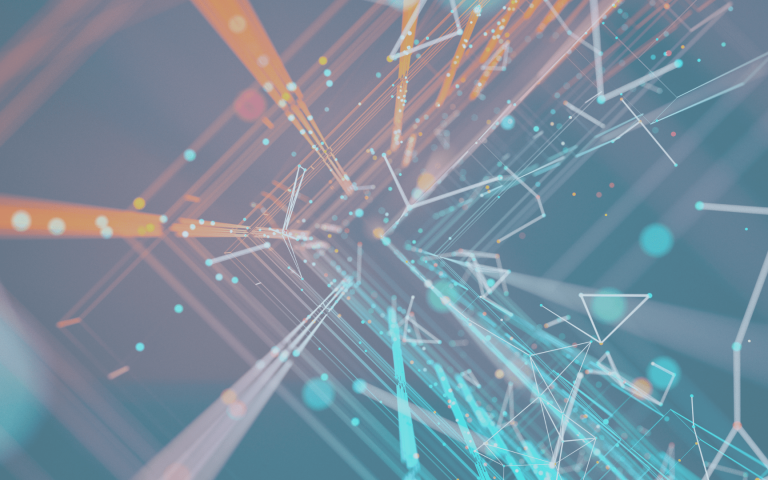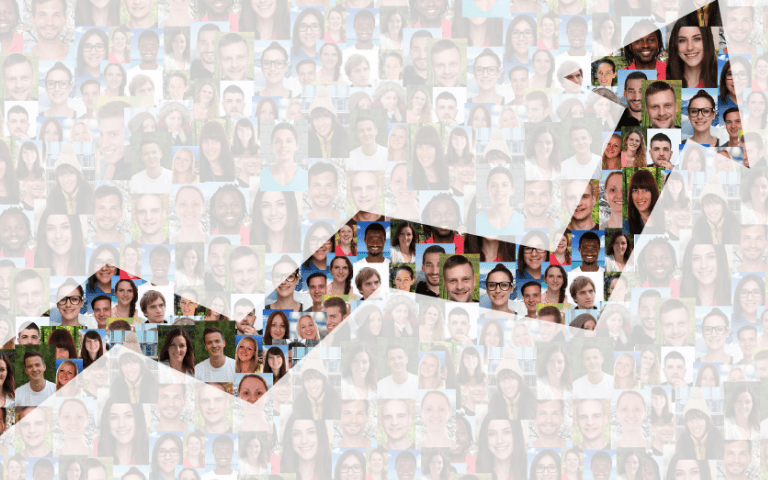Emotion Recognition Definition
Emotion recognition is a new field of artificial intelligence studies that allows enormous application possibilities, such as improving the consumer experience or supporting mental health.
No wonder many scientists find this very interesting.
This branch of artificial intelligence allows the identification and classification of people’s emotional states through facial expressions. When emotion recognition meets Emotion AI, the result is the identification of subjects’ emotional states through the use of action units, facial geometry and other correlations.
Emotion recognition definition: The use of action units
One way emotion recognition can successfully support Emotion AI is by categorizing facial muscles into metrics called action units. Action units were identified by researchers, Paul Ekman and Wally Friesen, as a way to systematically categorize facial muscles to identify the types of emotions being expressed.
The machine learning model used in Emotion AI, such as EmPower, analyzes the action unit data in real time, allowing the algorithm to respond to changes in a person’s emotional state almost instantly. This opens the door for better human-computer interaction and other societal benefits.
How does emotion recognition support Emotion AI?
Emotion recognition faces a major challenge: Not everyone experiences emotions in the same way. Individuals may change depending on who they are dealing with or their surroundings. Therefore, emotion recognition tools must account for these variables in order to accurately identify and classify emotional states.
To prevent misidentification of emotions, researchers often use large datasets of previously labeled emotion states to train machine learning algorithms. These datasets typically consist of images or videos of people displaying different facial expressions along with labels that indicate which emotion is being expressed. Algorithms with a higher level of accuracy are able to classify action units and decode them into expressions of emotion.
Therefore, the machine learning algorithm is trained on these large datasets to learn to identify and classify emotional states based on the visual signals it receives in a completely autonomous way.
Why does it matter?
Can you recognize when someone is happy? Mentally, you might say someone is happy because they just reunited with their family after being away for a long time. Physically, you might say someone looks happy because the muscle around the eyes tightens, they start to get wrinkles around the eyes, and their cheeks and lip corners raise up. Emotion recognition when used as part of Emotion AI helps to identify these emotions as accurately as possible.
Use cases
Emotion recognition has the potential to be of assistance in several situations, for example customer service agents may be able to use this technology to know when to reduce a customer’s dissatisfaction before it gets worse and all based on analytics of facial expressions.
Mental health professionals can use emotion recognition to better understand their patients by providing objective data about a person’s emotional state, especially when they are verbally unable to do so.
Marketers even use emotion recognition to build their marketing campaigns and succeed by understanding the degree of attention and engagement of their audience.
Learn more about Emotion AI
We dive deeper into Emotion AI in this glossary, covering everything from the experts behind emotions research to understanding key concepts such as sentiment analysis and more.
To get a demo of EmPower, Emotiva’s Emotion AI tool, reach out to the team.
SEE HOW IT WORKS


































